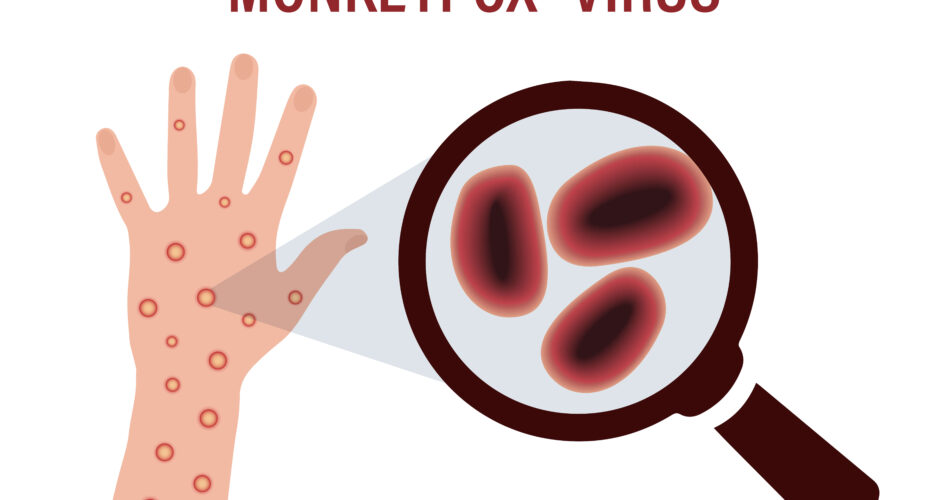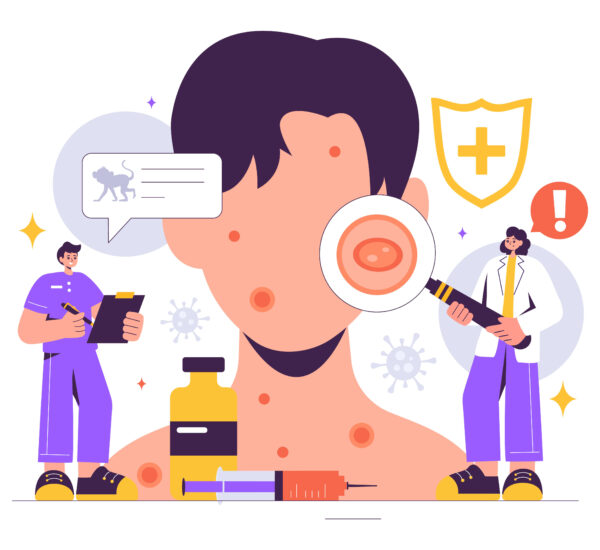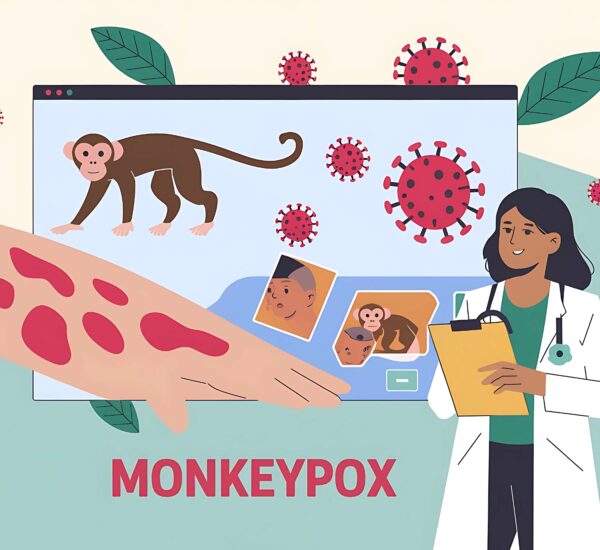As the cases of Monkeypox continue to grow, it heightens the fear of contracting the disease, especially due to its global outbreak. Unfortunately, when an individual is infected, they can immediately develop symptoms of Mpox. One of them is developing a Mpox rash that spreads to different body parts. The rashes can be categorized as lesions due to their painful water build-up. Furthermore, with the presence of these lesions, it opens the door to more transmission.
That’s the impact of Monkeypox that many experience globally, which the World Health Organization has been monitoring. And now, it is a health threat that the Philippines faces. In that case, a call for awareness is important, especially when Mpox rash occurs. Explore how transmission occurs and why Mpox rash is a big deal. Equip oneself with the crucial details to manage this viral condition in the future. Let’s begin!
Impact of Mpox
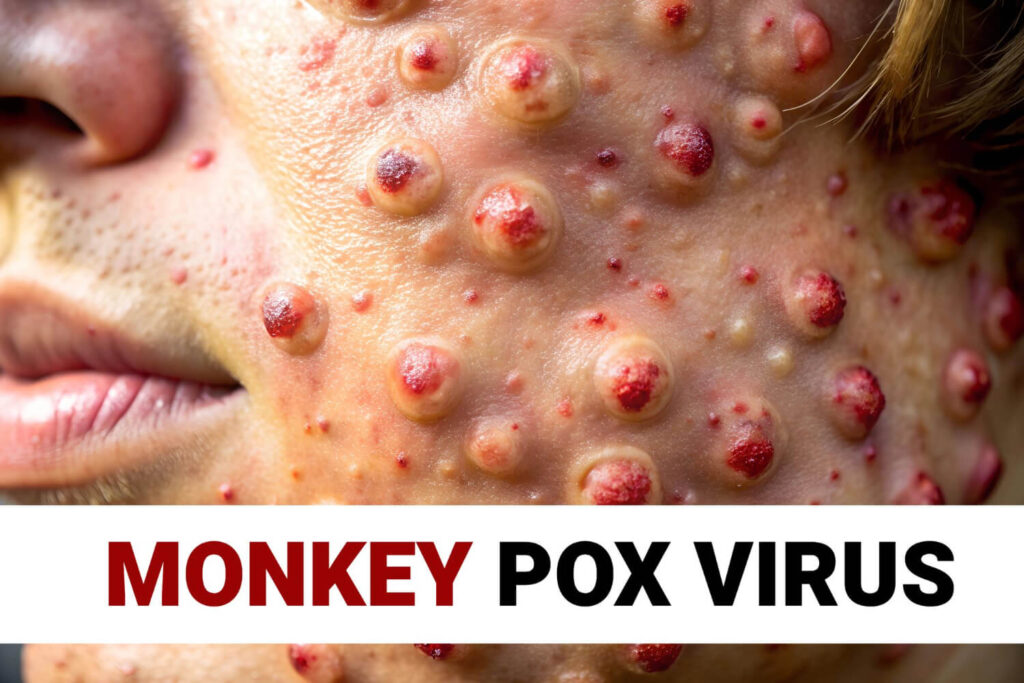
Mpox is a highly contagious skin condition caused by the Monkeypox virus. It is a health condition found mostly in Central and West African countries. Afterward, Mpox spreads to various parts of the globe like the United States, Sweden, and even the Philippines. This condition has 2 categories, clade I and clade II. Fortunately, the recent Mpox cases documented in the Philippines are Clade II, the less severe category.
Despite that, the fear of developing Mpox rash is present as an infected person normally develops this Mpox symptom. The formation of a Mpox rash on one’s body is a huge sign of the seriousness of the illness. It typically manifests as a large itchy rash that can spread rapidly across the body, and last for about 2 – 4 weeks. During that duration, unexplained rashes can spread to some body parts. Thus, leading to severe discomfort.
Mpox Rash Involvement in Transmission
Understanding how Mpox rash spreads is essential for developing effective prevention and control measures. Let’s explore the two primary modes of transmission: direct contact and indirect contact.
Direct Contact and Mpox Rash

Direct contact or close contact with an individual who has an active Mpox rash is the most common mode of transmission. This can occur through close personal contact such as the following:
- skin-to-skin contact, such as shaking hands or hugging
- through contact with bodily fluids, such as saliva or respiratory droplets
At the same time, patients with Mpox symptoms can pass on the virus through sexual contact. The risk of exposure is high for other individuals due to this type of direct contact. Also, most cases today are noted to be a result of intimate contact of 2 persons. Thus, making it a higher risk for developing Mpox.
Furthermore, it is important to be aware that direct contact with an individual who has a Mpox rash can also occur through less obvious means. For example, sharing personal items like utensils, drinking glasses, or even lip balm can facilitate the transmission of the virus. It is crucial to exercise caution and avoid sharing such items to minimize the risk of contracting Mpox rash.
Indirect Contact and Mpox Rash
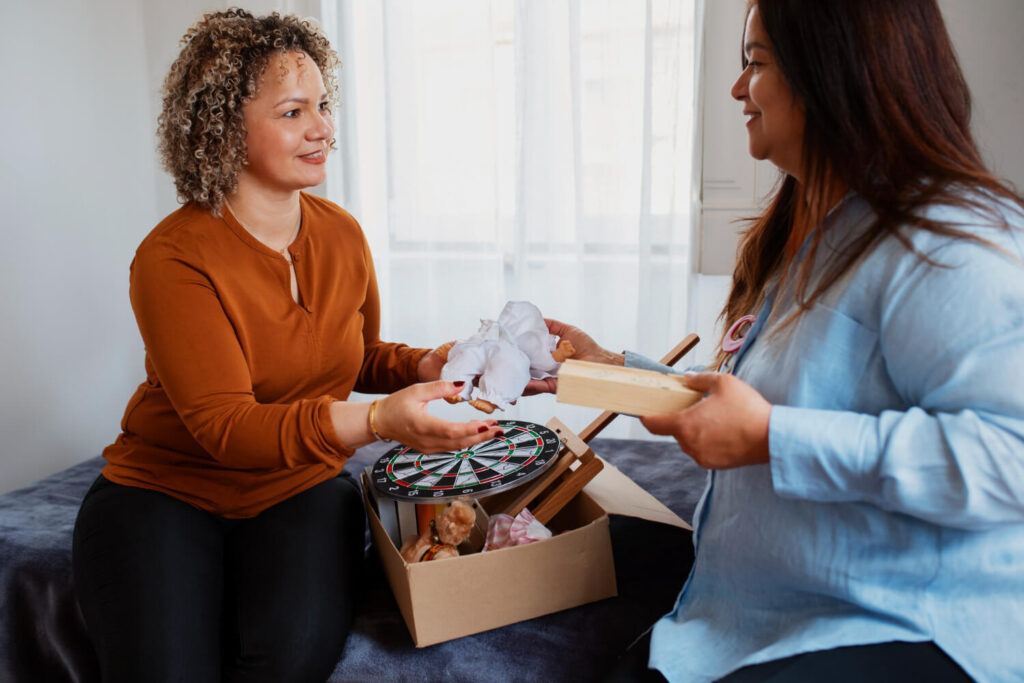
On the other hand, indirect contact refers to the transmission of Mpox rash through contaminated objects and surfaces. The virus can survive outside the body for a limited period, depending on various factors such as temperature and humidity. Coming into contact with contaminated objects, such as shared towels, clothing, or toys, can result in the transmission of the virus.
Additionally, it is crucial to be aware of the potential for indirect transmission through less obvious sources. For instance, the Mpox rash can be transmitted through the handling of money, as it is a frequently touched item that can harbor the virus. Therefore, it is advisable to wash hands thoroughly after handling money to reduce the risk of contracting Mpox rash.
To minimize the risk of indirect transmission, it is important to maintain proper hygiene practices, such as regularly disinfecting commonly touched surfaces and avoiding the sharing of personal items with infected individuals.
Mpox Rash in the Filipino Context
Prevalence of Mpox Rash in the Philippines
Infectious diseases have been common in the Philippines due to the outbreak of different illnesses this year. One of them is dengue, which tons of provinces reported to the DOH. Recently, another infectious disease bombarded the health department, which is Mpox.
The first case of Mpox began this year in August, and at the end of the month a total of 5 cases were recorded. This number increased again at the beginning of September, with the current outbreak of 3 new cases of Mpox in the country. Thus, making it a total of 8 Mpox patients
Furthermore, confirmed patients have developed Mpox rash that spreads to the following parts of the body:
- palms
- soles
- chest
- groins
- private part of the body
- anal area
Some patients exposed to Monkeypox infections may develop Mpox rash on some of the mentioned parts, but instances can happen where it spreads further. It’s best to seek help from a healthcare provider to manage this severe illness immediately.
Prevention and Control of Mpox Rash
Preventing Mpox rash requires a comprehensive approach that focuses on personal hygiene and sanitation measures, as well as community health strategies. Let’s explore some effective prevention and control measures.
Personal Hygiene and Sanitation Measures

This skin rash is highly contagious, especially when the patient has skin-to-skin contact with other people. With that kind of contact, people can also develop rashes, leading to another confirmed case of Mpox.
Due to this easy transmission, it’s a must to prioritize personal hygiene and sanitation measures when needed. It involves adopting a regular hand washing routine with soap and water, particularly after contact with potentially contaminated objects or surfaces.
However, it is important to note that personal hygiene goes beyond handwashing. Maintaining a clean and hygienic living environment is equally crucial. This includes disinfecting frequently touched surfaces, such as doorknobs, light switches, and countertops regularly. Additionally, laundering clothes and beddings at high temperatures can effectively eliminate any potential Mpox virus present on these items.
Lastly, practicing good respiratory hygiene is essential in preventing the spread of Mpox rash. Individuals should cover their mouth and nose when coughing or sneezing, preferably with a tissue or their elbow, to prevent the release of infectious droplets into the air. Proper disposal of used tissues and regular ventilation of indoor spaces can also contribute to reducing the risk of transmission.
Community Health Strategies
While personal hygiene measures are crucial, community-based interventions are equally important in preventing the spread of this serious illness. That includes providing protection through offering vaccinations available to people. Unfortunately, this treatment option is not yet available in the Philippines.
According to the Department of Health, they’ve stressed to the WHO their intent to purchase the Jynneos vaccine. They aim to purchase 2000 doses of the vaccine to address the rising cases of Mpox in the country.
However, since there’s no available vaccine yet, raising awareness about Mpox is a must. Governmental departments, together with the local health care organizations must provide educational materials so people can learn more about this severe illness. At the same time, protect people from contracting the disease through the guidelines provided. Thus, allowing them to avoid contracting Mpox rash.
Home Remedies and Self-Care Tips
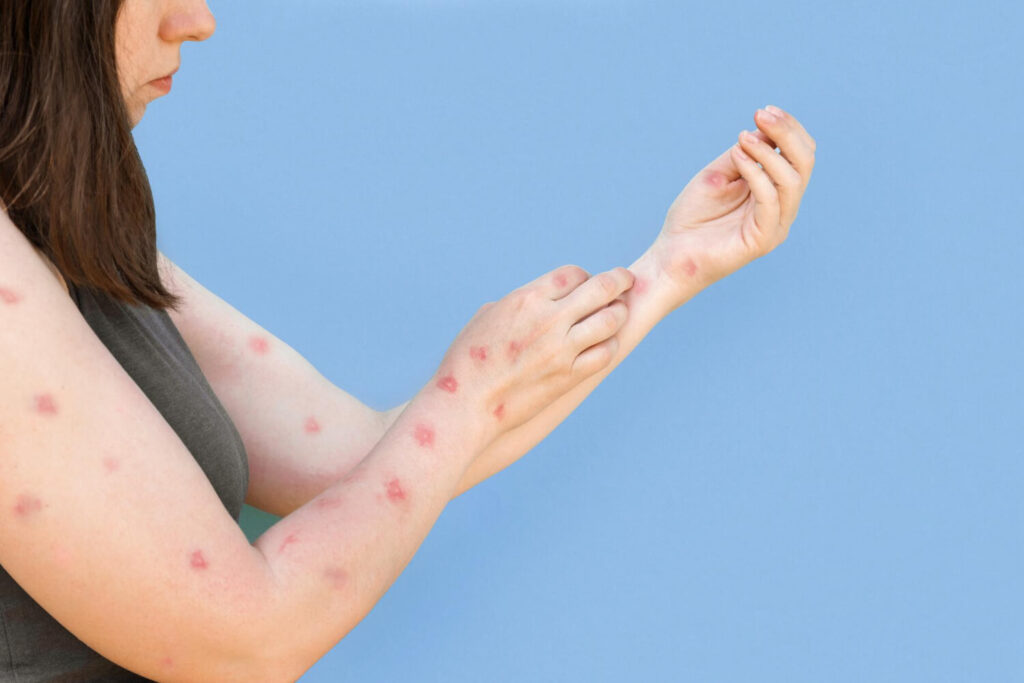
Aside from safety measures, individuals can also rely on home remedies. There are several home remedies and self-care tips that can help manage Mpox rash. Patients with the rash or family members can use these tips to avoid the spread of Mpox.
Here are some of the tips people can try out at home:
- applying cool compress
- taking lukewarm baths
- wearing gloves
- wearing breathable yet long clothes to cover up the skin, and lessen friction and irritation.
- using mild soap for washing
- pat drying areas with a clean towel
These remedies at home are crucial for controlling Mpox symptoms such as the Mpox rash. Following them can be beneficial not only to the patient with the rash but also to protect the household members around them. Thus, avoiding the risk of infection from spreading.
Meanwhile, patients can also combine these techniques with a proper nutrition intake and adequate rest. These actions can help strengthen the immune system. It is quite known that people with Mpox have weak immune systems due to many factors. So, building one’s immune system with proper nutrition and adequate rest can help.
Frequently Asked Questions
What does Mpox rash look like?
When infected with Monkeypox virus, they can develop Mpox rashes all over their body. This rash may look like flat spots at its early stage. However, as time passes, it can result in big blisters filled with water. It is important not to pop these lesions as it can be painful and may result in an infection.
Remember early intervention is better, so patients should visit experts for medical care. Thus, ensuring proper management of the Mpox rash and the virus itself.
How long does Mpox rash last?
In general, symptoms of Mpox can last up to 4 weeks. However, it can still depend on how well the patient can manage their symptoms. So, with proper care and treatment, symptoms like the rash can be managed effectively, leading to quicker recovery and relief from discomfort.
When should patients with Mpox rash cover their skin?
Patients with Mpox rash should cover their skin whenever they are in contact with others to prevent the spread of the virus. Covering the rash can also help protect it from further irritation and potential infection. Patients need to follow proper hygiene practices and wear appropriate clothing to minimize the risk of spreading the virus to others.
How to alleviate the pain of popped Mpox rash?
To alleviate the pain of the popped Mpox rash, it is advisable to gently clean the area with mild soap and water to prevent infection. Applying a soothing ointment or cream recommended by a healthcare professional can help reduce pain and promote healing. However, if the pain persists or if there are signs of infection, it is important to seek medical attention promptly for appropriate treatment.
Conclusion
While Mpox can be a distressing condition, there’s no need to fear the occurrence of symptoms like Mpox rash. Developing this skin change is a great indication that the person is infected, which can be a good sign. Its presence alone can help people identify the presence of Mpox, and seek intervention immediately.
If anyone you know has developed Mpox rash, don’t hesitate to visit a health expert. Book an online consultation with an infectious disease doctor today!
